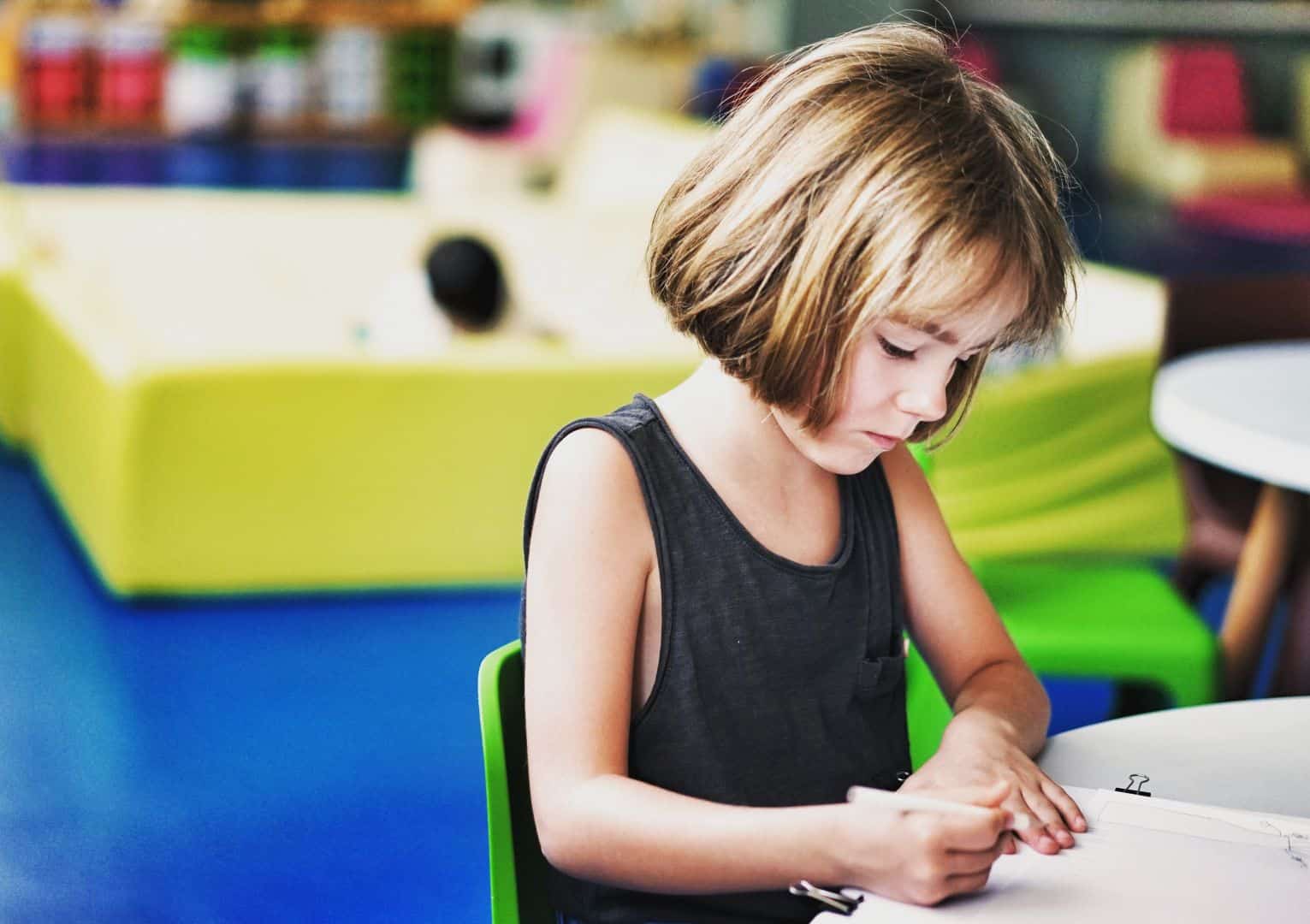By Lynne West, Founder Sunodia Educational Consulting and Former Teacher
Take a moment to think about the students who walk into your classroom each period. Are they focused and primed to engage in the day’s learning? Do they bring enthusiasm and energy to the classroom? Are they still pondering their previous lesson or perhaps the test they just completed?
Our students walk into our classrooms at differing levels of focus, readiness, and energy. How can we structure the beginning of a lesson so that we best prepare our students for the days learning? First, we'll explore why the start of a lesson is so essential for establishing context and connections.
 Why is the beginning of a lesson so important?
Why is the beginning of a lesson so important?
A lesson gets off to a great start when students’ minds are focused and ready to engage in the learning, when they are interested and excited about the topic, and when they have a sense of how the day’s goals connects to their prior learning and fit into the broader context of the course.
Tips for Starting a Lesson
Establishing a general routine to use daily at the beginning of a lesson is tremendously helpful. Ideally, the basic structure of the routine remains the same from day to day. Here’s one example that is general enough to be useful each day and offers flexibility.
During the passing period, the teacher greets and checks in with individual students. A couple of minutes before the start of class, the teacher uses a quiet signal and directs the students’ attention to a slide displaying the instructions for a short warm-up activity.
If necessary, prior to starting the activity, the teacher can use a mindfulness technique to help focus students.What are mental and emotional habits that bring success? See examples of visuals, games, and activities that promote good habits in a related blog post.
An educator shares strategies for mindfulness and well-being for both students and teachers. >>The students complete the short warm-up activity individually in their notebooks. There are so many variations on what the warm-up activity looks like and it is important to consider what type of activity will best ready students for the day’s lesson.
Here are some of my favorites that can be used at any time throughout an instructional unit:
- Pose an essential question and have students brainstorm responses or write a brief answer. Then have students pair-share their responses. This can happen periodically throughout a unit with different essential questions. It is a great way to see how student thinking and understanding develop over the course of a unit and serves as an excellent formative assessment opportunity.
- Use a thinking prompt such as a quotation, photo of a piece of art, cartoon, advertisement, infographic, or chart and have students do a brief writing assignment in which they react to it. Use a favorite whole class discussion strategy to debrief. Depending on the prompt that the teacher selects, this activity could serve to establish prior knowledge, review prior learning, or set the context for learning.
- Do a hands on demo. At the conclusion of the demo ask students 2-3 questions that focus their thinking on the upcoming content.
- Ask students to reflect on prior classes learning. A teacher might ask students to create a summary of what they learned in a prior class. It could be a written summary or completion of a graphic organizer.
- Tell a story or anecdote that serves to introduce the focus of the day’s learning.
[box] FariaPD supports teachers and leaders around the world with hands-on, active and creative professional development experiences. Join one of our online or in-person professional development events, each designed to support the unique goals of your school or district. FariaPD is part of Faria Education Group, an international education company that provides services and systems for schools around the world including ManageBac, a curriculum-first learning platform, OpenApply, an online admissions service, and Atlas, a tailored curriculum management solution for schools. [/box]
Contributing Author:
After spending 17 years both teaching and leading teachers in K-12 schools in San Jose, California, Lynne West founded Sunodia Educational Consulting to share her passion for teaching with her fellow educators. As a teacher, she used her foundation in backward curricular planning and cooperative learning to design creative and engaging lessons for her students. She brings the same enthusiasm to her work with educators to provide individualized professional development and instructional coaching.

